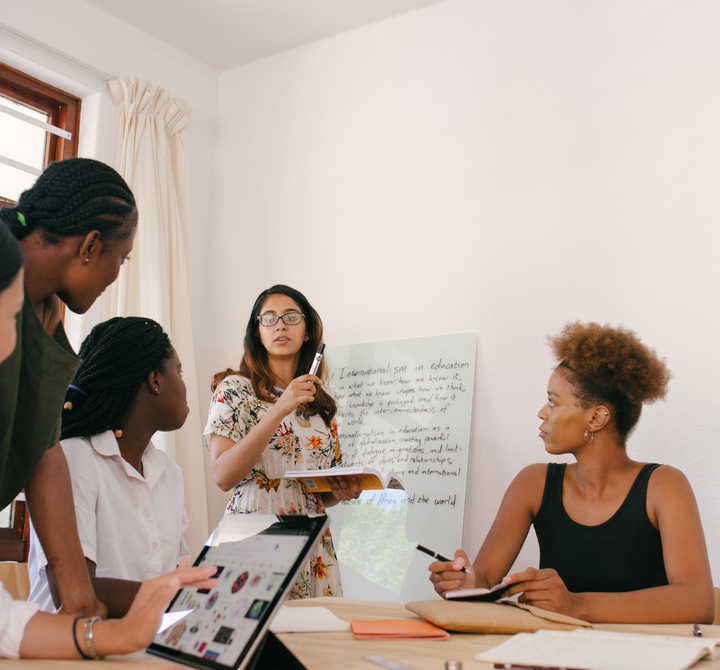COVID-19 and literacy: Analysis and recommendations

Concerns about the impact of the pandemic on children’s learning, health and mental wellbeing were raised early on in the lockdown. Educational organisations predicted that school closures were likely to widen existing gaps in performance between pupils from lower and higher income backgrounds. In 2022, the Institute for Fiscal Studies concluded that the pandemic had “significantly worsened overall outcomes as well as widening inequalities”.
Headline findings
-
Attainment gap
The attainment gap between pupils from lower and higher income backgrounds has widened, with studies suggesting pupils in Key Stages 1 and 3 were particularly affected by learning loss during the pandemic (EEF, 2022; DfE, 2022). Notably, results in both Key Stage 2 national tests (SATs) and GCSEs showed the attainment gap was found to be at its highest level for a decade (Department for Education [DfE], 2022; DfE, 2022a).
-
Educational inequality
During school closures, children and young people’s experience of learning at home depended on their school’s ability to support remote teaching (Montacute and Cullinane, 2021), their access to resources (Teach First, 2021; Ofcom, 2021), their parents’ time, confidence and ability to support their learning (Elliot Major et al., 2021) and their own mental wellbeing and motivation (Anders et al., 2021).
-
Learning loss - primary
At Key Stage 1, just 62% of disadvantaged pupils reaching the expected level of the phonics screening check, compared with 80% of their peers. In reading, just 51% of disadvantaged pupils met the expected standard, compared with 72% of non-disadvantaged pupils (DfE, 2022b).
At Key Stage 2, 61% of pupils eligible for free school meals (FSMs) reached the expected standard in reading, compared with 79% of their peers (DfE, 2022). -
Learning loss - secondary
By Autumn 2021, commercial reading assessments showed that secondary pupils from non-disadvantaged backgrounds were 2.0 months behind expectations in reading, while disadvantaged backgrounds were 3.5 months behind (RL & EPI, 2022). While, overall GCSE results were higher in 2022 than 2019 (with outcomes at grade 4 and above at 73% vs. 67% in 2019), the attainment gap had widened, with results showing a reversal of a decade of progress in closing the gap (DfE, 2022).

How we can help
We offer support and resources for teachers, parents and practitioners working to help support those most affected by COVID-19.
- Visit our resources pages for details of classroom teaching and literacy planning materials to help you deliver your recovery curriculum
- Visit our training and workshops pages for professional development training information.
- Explore Words for Life to find ideas for parents and carers to support literacy in the home.